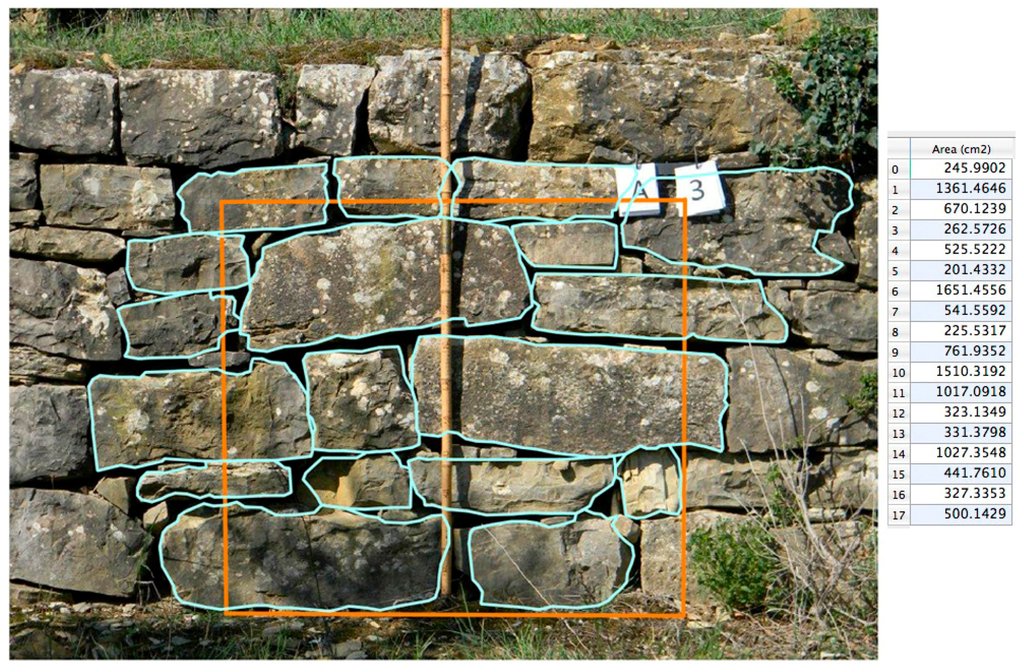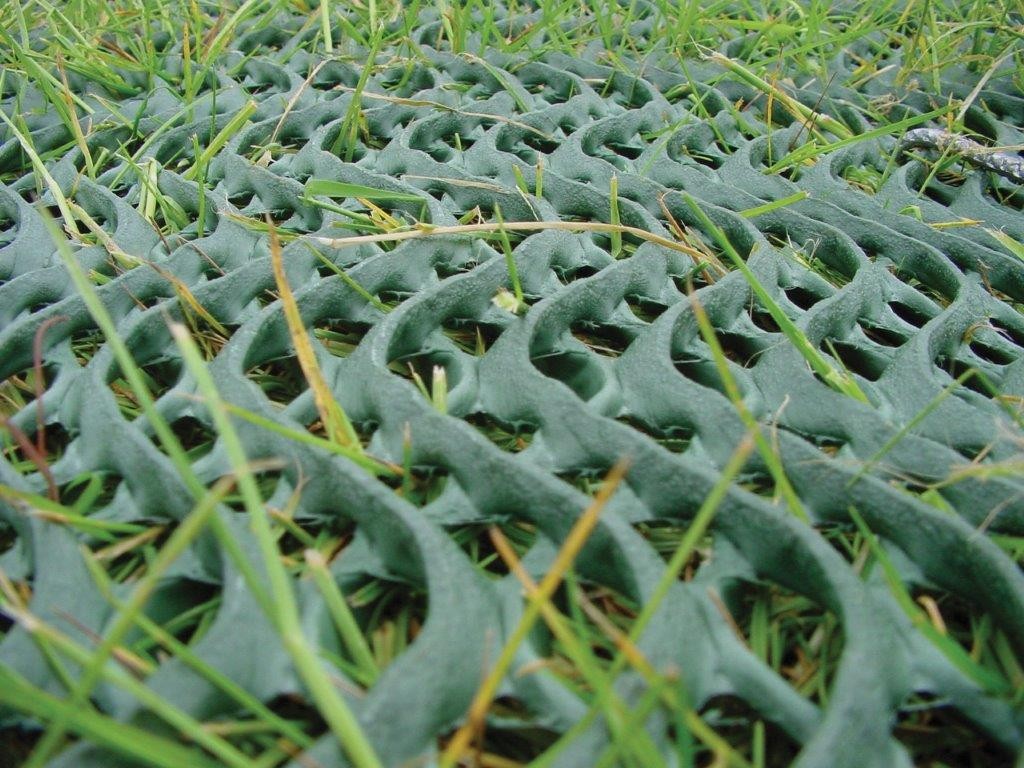Soil Stabilizing, soil stabilization is a way of improving the weight bearing capabilities and performance of insitu subsoils, sands, and waste materials. Soil stabilization a general term for any physical, chemical, biological or combined method of changing a natural soil to meet an engineering purpose. Improvements include increasing the weight bearing capabilities, tensile strength. Mechanical stabilisation is an inexpensive method of stabilising a soil, in which two or more soils with different characteristics are mixed, or sometimes inert materials such as sand and gravel are mixed in to get the desired grading for a soil. Procline AT boot, Arcteryx Recalls Ski Mountaineering Boots, Crush Beanie, Gregory Packs Hydration, Keen Womens Elsa Boot, Keen Toddlers SOIL STABILIZATION USING INDUSTRIAL WASTE AND LIME M. MARIA RAJESH2 1Associate Professor, In this project The project have conducted various experiment to find the stabilisation of the sub base using the which soil begins to behave as a liquid material and If asked for a definition of soil stabilization, it is a procedure wherein the engineering properties of the soil are altered and enhanced to increase its suitability for construction purposes. To put it in simple words, it is a method of stabilizing soils. For soillime mixtures, the DesignBuild Team shall be required to do the following: ake specimens at optimum moisture content using a quantity of lime in the range of 3. Page 3 of 13 DESIGN PROCEDURES FOR SOIL MODIFICATION OR STABILIZATION 1. 0 General It is the policy of the Indiana Department of Transportation to minimize the disruption of traffic Soil stabilization is the alteration of one or more soil properties, by mechanical or chemical means, to create an improved soil material possessing the desired. Soil stabilisation is a wellestablished technique for use on difficult construction sites. Wet conditions and weak clay soils are stabilised by rotovating specially formulated quicklime into the soil. construction because the soil is too wet, too cohesive or simply Soil stabilisation (1) 1. SOIL STABILISATION SOIL STABILIZATIONSOIL STABILIZATION The improvement process under the situation when the influence zone is limited to less than 1m (roads etc. ) is called surface stabilization. GeoTechnical process of improving the engineering properties of the soil (density, shear strength, CO factors are improved while compressibility, settlement and. Geotechnical properties of peat soil stabilised with shredded waste tyre chips. purposes of soil stabilisation are to improve stability, et al. Depending on the thickness of the peat layer, several stabilising methods are available including stabilisation with chemical additives, preloading, removal and replacement of the. International Journal of Emerging trends in Engineering and Development ISSN Issue 2, Vol. 2 (March2012) Stabilization of Soil by Using Plastic Wastes Megnath Neopaney1, Ugyen, Kezang Wangchuk2, Sherub Tenzin3 Students, Department of Civil Engineering, KLCE (Autonomous), Vijayawada, AP, India. ii UCPRCGL DISCLAIMER The contents of this guideline reflect the views of the authors who are responsible for the facts and accuracy of the data presented herein. Soil stabilization aims at improving soil strength and increasing resistance to softening by water through bonding the soil particles together, water proofing the particles or combination of. PDF Searching for the best soil stabilizers to overcome problems occur by the soft soils are still being the main concern, not only to achieve the required soil engineering properties but also. Guidelines for Best Practice T E C H N I C A L D A T A S H E E T PREFACE Britpave has produced this publication to provide guidelines for all those involved in. GRTs soil stabilisation and dust control solutions can bring down your operational expenses by 37. Request a free analysis to know how. Tonnes of soil stabilization and dust control product GRT produces daily. Proven cost saving percentage GRT products can achieve. soil stabilisation Stabilization in a broad sense incorporates the various methods employed for modifying the properties of a soil to improve its engineering performance. Soil stabilization can be explained as the alteration of the soil properties by chemical or physical means in order to enhance the engineering quality of the soil. The main objectives of the soil stabilization is to increase the bearing capacity of the soil, its Soil Mechanics is a discipline of Civil Engineering involving the study of soil, its behaviour and application as an engineering material. Soil Mechanics is the application of laws of mechanics and hydraulics to engineering problems dealing with Consolid System in Soil Stabilization The optimum of Consolid444 content of SoilA (550 cclm3 of soil) is lower than that of SoilB and SoilC (650 cclm3 of soil). in gencral the trend is for CBR valuc to decrease with increase in Conservex content. 3 respectively but has negligible affect on the permeability of SoilC. The Britpave Soil Stabilisation Task Group has produced these Guidelines for all those involved in stabilisation. The Guidelines provide details of the activities, standards and records needed for the execution of a successful stabilisation project. an optimum liquids content (about 12 cc liquids 100 gins soil for MCS, , and about 1920 cc 100 gms for VBC), above which humid cure strength drops off with increasing liquids content. Utilising the latest in soil stabilisation and civil engineering technology we can offer a complete package that will take you through the entire process including material sampling, initial mix design, bulk earthworks, the stabilisation process to final onsite compliance testing and reporting. Soil stabilisation can reduce construction programme times by minimising site preparation and designing out imported materials and unacceptable material disposal. Soil improvement allows wet ground to be dried and strengthened within a very short timescale. This permits working in wet Thus, such soils will be either replaced by another material, which complies with the specified requirements, or improved by stabilisation, which is a common practice nowadays. Soil stabilisation can be achieved either mechanically or chemically. soil stabilisation using plastic pdf A PI of 10 is. Soil stabilization a general term for any physical, chemical, biological, or combined method of changing a natural soil to meet an engineering purpose. modification and stabilization of soil beneath road and similar construction projects. commercial PAM used for soil stabilization is a polyelectrolytic random copolymer, potentially surrounded by oppositely charged salts to counter anionic charges. Stabilisation is a geotechnical method to improve the bearing capacity and stability of marginal ground. Clay, peat, silt, sediment, sludge, or dredged material can be transformed into solid lime. Soillime reaction Cationexchange Flocculation Aggregation (time and temperature dependent. ) 1(a) Cation Exchange It is an important reaction and mainly responsible for the changes occurring in the plasticity characteristics of soil. The cation replacement takes place in order of their 1 Soil Stabilization with Traditional and NonTraditional Stabilizers The artificial traditional admixtures in order of their usage are. Polymer soil stabilization refers to the addition of polymers to improve the physical properties of soils, most often for geotechnical engineering, construction, or agricultural projects. A one pass single stabilised layer system, creating combined capping sub base in a fraction of the time compared with traditional construction or other stabilisation methods. Soil stabilization significantly changes the characteristics of a soil to produce longterm permanent strength and stability, particularly with respect to the action of water and frost (Figure 3). Soil stabilization is the process of altering some soil properties by different methods, mechanical or chemical in order to produce an improved soil material which has all the desired engineering properties. Soil Stabilisation from T R Stabilisation is a highly effective and cost beneficial way of treating unsuitable materials including Modified Bulk Fill using Lime Modification, Capping and SubBase Replacements using Lime and Cement Stabilisation Soil stabilization in road construction is a common practice in the construction of roads, whether they are highways, major or local roads, is conditioned by structured layers capable of. Specification for Lime for use in Soil Stabilisation Page 1 of 14 SPECIFICATION FOR LIME FOR USE IN SOIL STABILISATION 1. SCOPE This specification applies to the supply of calcium oxide or calcium hydroxide for use in soil stabilisation. Soil Stabilization Using Waste Shredded Rubber Tyre Chips 22 Page ranging from 2 to 3 mm and they dont contain any steel wire or nylon fibres. PARFECT is a professional manufacturer of soil stabilization system, soil remediation, ground stabilisation, high quality and factory price. USING LIME FOR SOIL STABILIZATION AND MODIFICATION A PROVEN SOLUTION! LIME MEETS THE CONSTRUCTION CHALLENGE: Lime is an unparalleled aid in the modification and stabilization of soil beneath road and similar construction projects. Soil stabilizers convert ground of insufficient bearing capacity into soil that is highly suitable for placing and compacting. Added lime improves the existing soil, while added cement strengthens it. Effectiveness Of Lime Stabilisation On Reactive Soils For Main Roads Page i ABSTRACT The Department of Transport and Main Roads (DTMR) manages the state controlled PDF This chapter describes the advantages and disadvantages to soil stabilisation, within the context of both soil mechanics and construction materials, and with specific reference to stabilised. Abstract: Soil stabilization is the process of improving the shear strength parameters of soil and thus increasing the bearing capacity of soil. It is required when the soil available for construction is not suitable to carry structural load. Soil stabilization using chemical admixtures is the oldest and most widespread method of ground improvement. In this study, waste limestone dust and waste dolomitic marble dust, byproducts of marble industry, were used for stabilization of expansive soils. The expansive soil is prepared in laboratory as a mixture of kaolinite and Soil stabilisation is widely used in connection with road, pavement and foundation construction. It improves the engineering properties of the soil, e. Superior soil stabilization performance Global Road Technology (GRT) is a recognised leader in the field of polymer soil stabilization around the world. Extensive investment into research and our international experience has helped us formulate some of the most effective.











